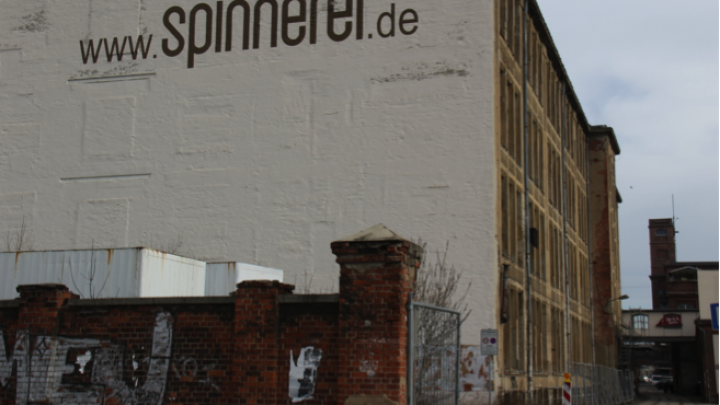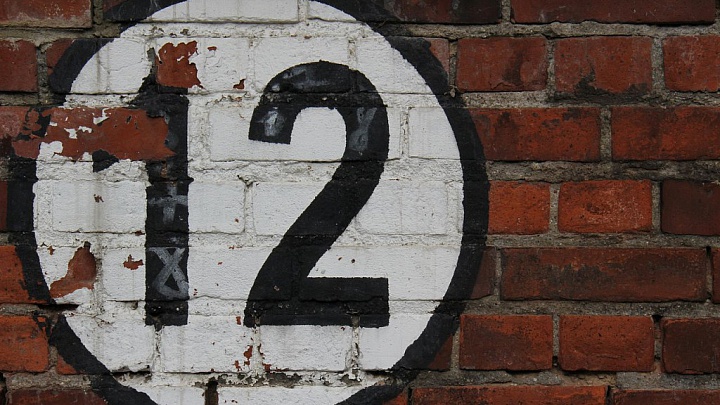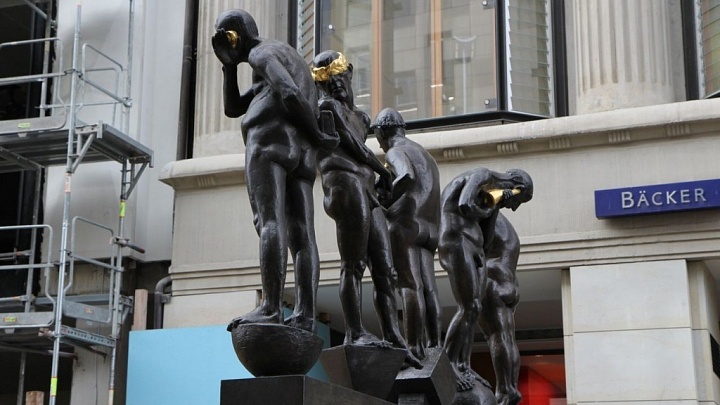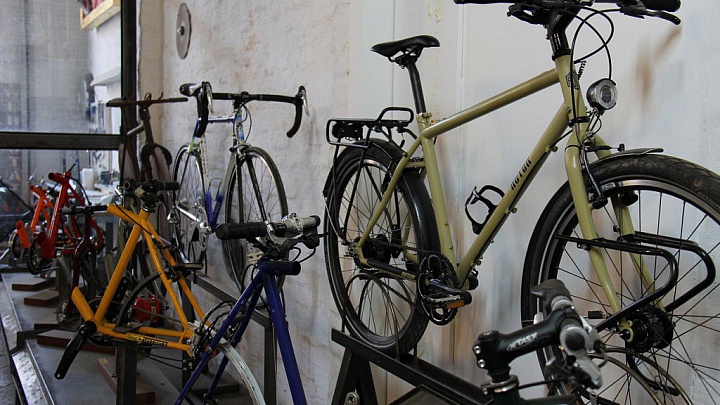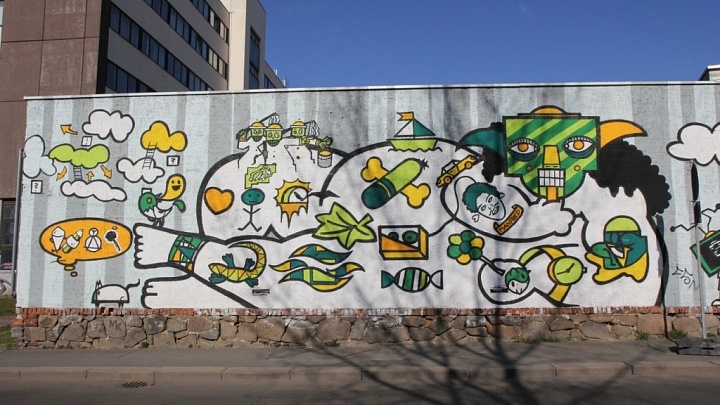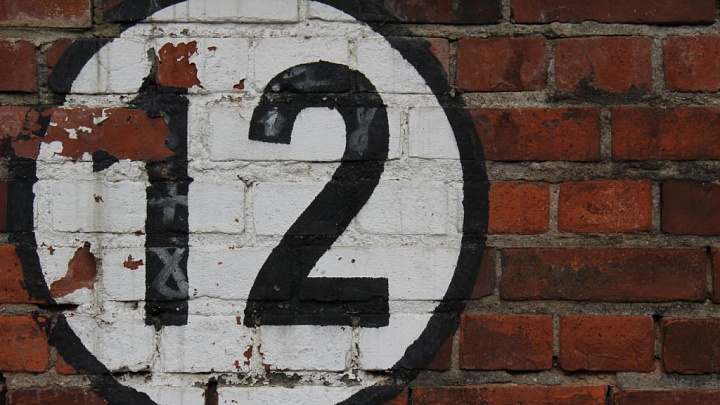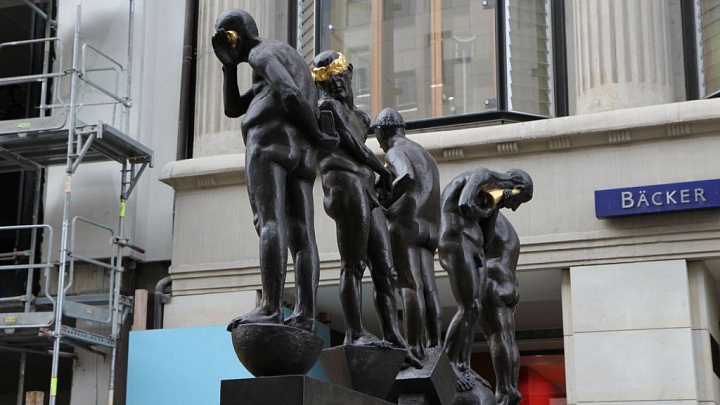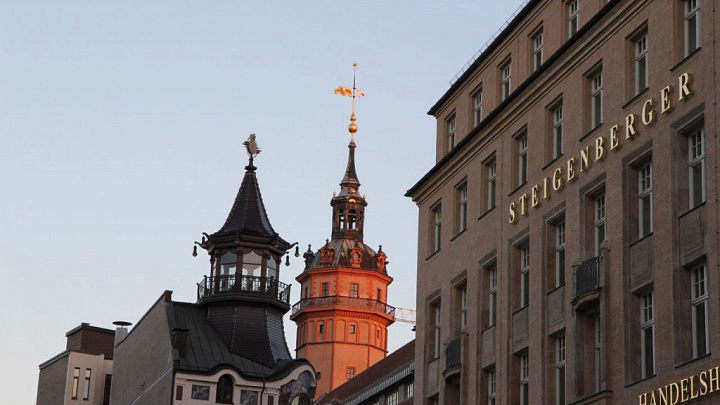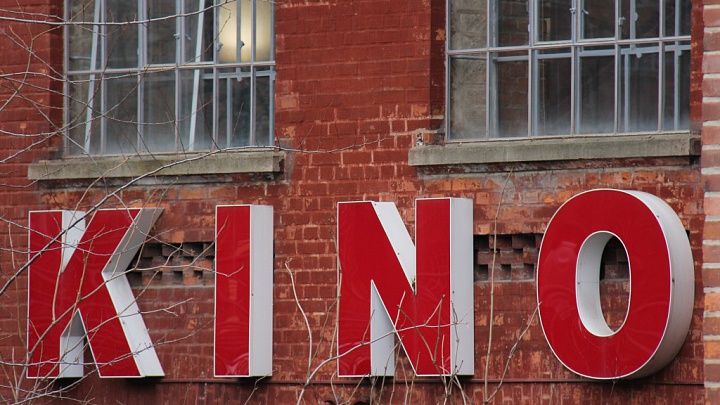In Leipzig’s west-end neighbourhood of Lindenau lies the Baumwollspinnerei, once the largest cotton spinning mill on the continent. Established in 1884, the Baumwollspinnerei remained in production throughout the 20th century before reinventing itself in the 1990s as a cultural complex that now houses galleries,...
Leipzig is experiencing a renaissance, as evidenced – and facilitated – by endless media reports in both the German and North American press. From Die Zeit to Gawker, Berlin – once the darling of the global alternative scene – has been declared passé; those seeking alternative arts and culture, music, and...
http://localhost:8888/wp-content/uploads/2014/04/davidvoss.mp3
http://localhost:8888/wp-content/uploads/2014/04/interview.mp4
In Leipzig’s west-end neighbourhood of Lindenau lies the Baumwollspinnerei, once the largest cotton spinning mill on the continent. Established in 1884, the Baumwollspinnerei remained in production through a variety of political systems – the monarchy, the Weimar Republic, National Socialism and the German...
Normal assumption is that cities just grow and grow. That has been the norm in the west during the 19th and 20th centuries. At first the growth was largely due to industrialization. As factories established themselves and drew workers to them, small communities grew larger. During the 20th century the migration into...
Like many cities of the former GDR, Leipzig faced significant population and economic decline after the events of 1989/90, as industries collapsed and many chose to leave the city for opportunities elsewhere. The phenomenon of the so-called shrinking city – not exclusive to East Germany, but visible in multiple...
How does kultur360 work?
kultur360 is produced and edited by academics who volunteer their time to provide informed analysis about the contemporary German-speaking world.
Original essays, reviews, and interviews can be found in the PERSPECTIVES section. To help you see how these Perspectives relate to each other, we also group them by theme (CLUSTERS) and type (MODES). And if we find something interesting elsewhere, we link to it in EXTRAS.
Do you want to join our effort in providing new ways of understanding contemporary German society? Go to our Contribute page.
Recent additions to kultur360
- Hannah Arendt’s Moment. An Interview with Kieran Bonner February 11, 2017
- Where do you really come from? Racism in Berlin December 7, 2016
- We have a different readership: Interview with Christopher Kloeble October 14, 2016
- A film festival for audiences, not auteurs September 17, 2016
- The symbol that just won’t go away September 9, 2016
- Seriously Funny: Maren Ade’s Toni Erdmann September 8, 2016
- To be gay in 1950s Zurich May 27, 2016
@kultur360
Testing the test sidebar
This is a test of the emergency broadcast system. Remain calm.
© Copyright 2025. All rights reserved.

